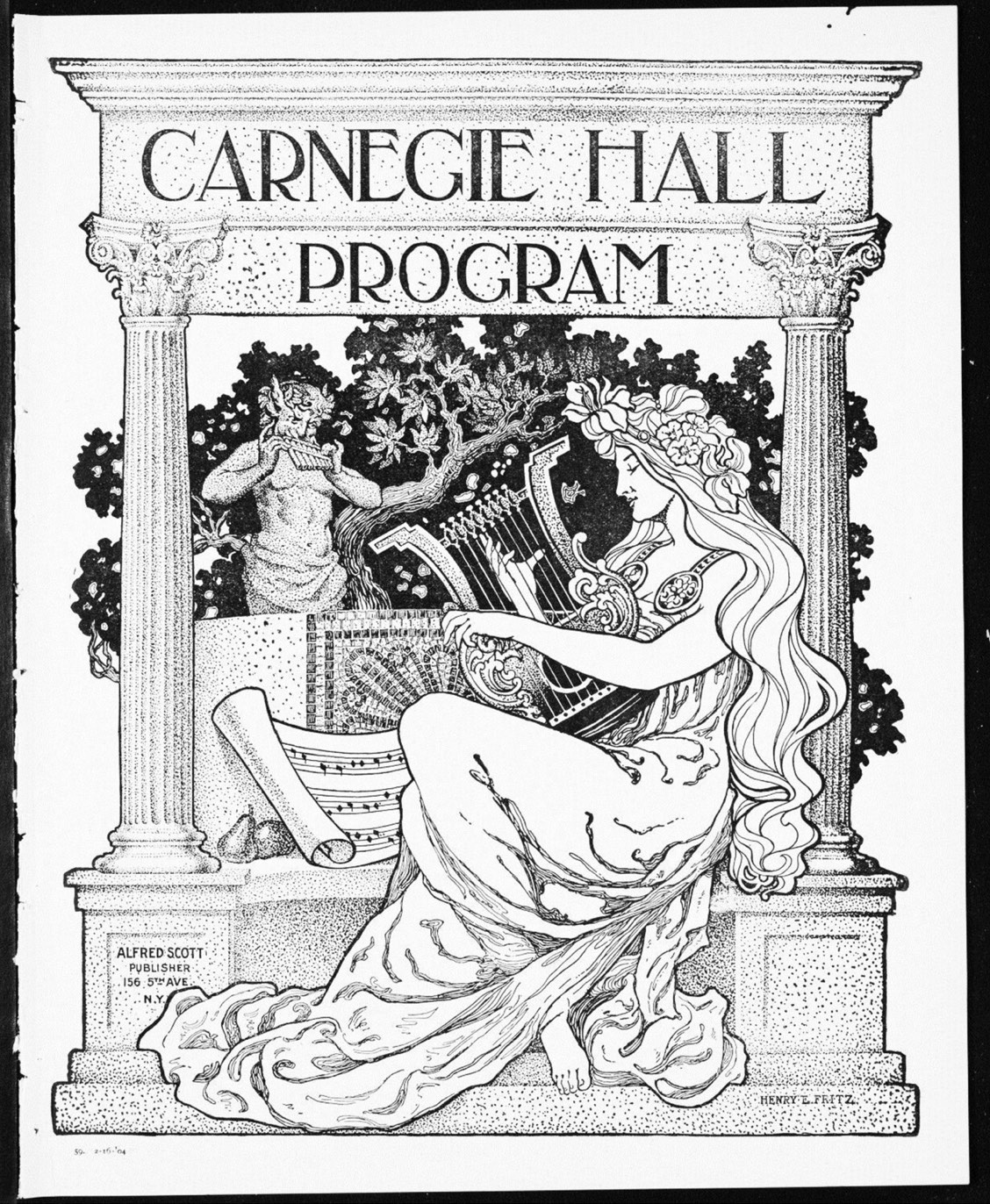This is the second in a series of projected posts that try to look at the Trump administration and right wing populism through the lens of different books (the first – on civil society – is here). The last post was mostly riffing on Ernest Gellner. Today, it’s another middle-European exile intellectual – Karl Polanyi.
Karl Polanyi’s key book, The Great Transformation has enjoyed a big revival in the last decade. This Dissent article by Patrick Iber and Mike Konczal provides a great summary. Their article – from last year – was intended primarily to frame a discussion of differences between Hillary Clinton and Bernie Sanders. However, as Iber and Konczal suggest in passing, Polanyi would not have been surprised by Trump. Why not? In part, because Polanyi offers a macro-level account of the changing relationship between society and economy, and how efforts to free the economy from the embrace of social relations become self-undermining.
In Polanyi’s argument, the economy is ‘socially embedded.’ This means that economic transactions and relationships aren’t separate from society – they are part of it. Efforts to free the market from society and make it self-regulating are not only utopian, but are likely to have disastrous consequences. For Polanyi, the liberal market societies that sprung up in countries such as Britain in the eighteenth and nineteenth centuries, and spread across the world, are not rooted in some natural propensity to ‘truck, barter and exchange one thing for another.’ Instead, they are an unnatural extrusion – the result of a doomed effort to separate out the market from the society that constitutes it, turning nature and social relations like labour into artificial commodities to be bought, sold and exchanged.
This is rooted in Polanyi’s understanding of economic history, which discusses other ways in which the economy has worked (an aside: a substantial portion of the work of the Nobel prize winning economist Doug North can be read as an extended effort to prove Polanyi wrong). It also leads to his famous (among social scientists) argument about the ‘double movement.’ Polanyi argues that efforts to disembed markets from their social supports leads to a backlash from ‘Society,’ which looks to re-embed market relations within a social context.
This effort to re-embed social relations can take both benign and malign forms. Polanyi was a social democrat. He wanted to roughly map out a set of social protections that could restrain the harmful effects of markets, effectively re-embedding them within a set of social protections. Yet his book was first published in 1944, and he was equally concerned with the malign ways in which Society might re-embed markets. He saw the economic crises of the 1930s as a product of disembedded markets and the gold standard. This led to direct political confrontations between workers – immiserated by lower wages and capitalists who had “built industry into a fortress from which to lord the country” (p.235). Economic and political paralysis provided ideal conditions for fascism to succeed: “Fear would grip the people, and leadership be thrust upon those who offered an easy way out at whatever ultimate price” (p. 236).
Polanyi believed that fascism had little to do with the outcomes of World War I, and depended for success more on the sympathies of the powerful than on any true mass movement. At least as important as an actual fascist movement “were the spread of irrationalist philosophies, racialist esthetics, anticapitalist demagogy, heterodox currency views, criticism of the party system, widespread disparagement of the ‘regime’ or whatever was the name given to the existing democratic set-up” (p.238). More broadly, ‘[f]ascism, like socialism, was rooted in a market society that refused to function’ (p.239). The more market crisis, the better fascism prospered, since it purportedly offered a way to re-embed markets within social structures, albeit at the cost of human freedom.
Thus, for Polanyi, the key challenge was to re-embed markets in society in a healthy rather than pernicious fashion. This would involve social protections and the restoration of the primacy of society over the economic system, so that “the market system would no longer be self-regulating” (p. 251). Governments would cooperate more, while retaining the freedom to organize their national life as they wanted, rather than being strangled by the need to maintain an artificial currency standard. The valuable aspects of liberal society – specifically, the civil liberties, private enterprise and wage system which sprung up from nineteenth century liberalism – would have to be maintained through persistent efforts to ensure that every move to strengthen society be accompanied by a move to strengthen individual freedom.
Polanyi’s arguments provided many post World War II social democrats with a set of intellectual tools to understand and justify the world that was being created. They suggested that European social democracy, rather than being a way station on the path to true revolution, was an end-state, and arguably a more attractive end-state than exemplars of post-revolutionary society such as the USSR and China. In domestic politics, national governments instituted the welfare state and other social protections. In international politics, scholars such as John Ruggie argued in the 1980s that the post World War II economic order provided a kind of ‘embedded liberalism’ of the kind recommended by Polanyi.
They also provide, potentially a diagnosis of what has gone wrong since the 1980s. Embedded liberalism is dead, and neo-liberalism has triumphed in its place. Mark Blyth’s book, Great Transformations, is an explicit updating of Polanyi. It documents how intellectuals and business leaders brought through an intellectual, social and economic transformation, deliberately intended to undermine embedding institutions, and reinstitute market freedoms in their place. The world of the last twenty years has seen an extraordinary transformation. International markets do not any more have an equivalent of the gold standard (although the euro served quite well in its place in the European Union), yet they create their own disciplining apparatuses that subordinate national economies to international markets. Traditional social protections haven’t been gutted, but they have been greatly weakened.
As Piketty and others have documented, the benefits of globalization have flowed, to a vastly disproportionate extent, to those who were already rich. Unions have been crippled, often quite deliberately. Traditional labor markets have been hollowed out, leaving working class people exposed to uncertain and often miserable futures. Just like the nineteenth and early twentieth century paupers and workers that Polanyi discusses, modern workers and members of the lower middle class find themselves exposed to an unrestrained market, that seems intent on ripping out the social bulwarks that used to protect them.
Hence, a straightforward Polanyian account of Trump and right wing populism would explain it as a backlash to the renewed efforts of market liberals (or neoliberals in market parlance) to free the economy from the social restraints that make it bearable for human beings. It would argue that we are again seeing a ‘double movement,’ as right wing populist politicians take advantage of popular anger to restore a social and moral order which may look appalling to liberal eyes, but which reinstitutes (or, at least, claims to reinstitute) much desired social protections.
Fred Block and Peggy Somers provided such an account a couple of years ago, where they foresaw the threat of resurgent right wing populism. Their analysis is worth quoting in extenso
Polanyi argued that the devastating effects on society’s most vulnerable brought on by market crises (such as the Great Depression in the 1930s) tends to generate counter movements as people struggle to defend their livelihoods, their neighborhoods, and their cultures from the destructive forces of marketization. The play of these opposing dynamics is the double movement, and it always involves the effort to remobilize political power to tame the apparent over-extension of market forces. The great danger Polanyi alerts us to, however, is that mobilizing politics to protect against markets run wild is just as likely to be reactionary and conservative, as it is to be progressive and democratic. Whereas the American New Deal was Polanyi’s example of a democratic counter movement, fascism was the classic instance of a reactionary counter-movement; it provided protection to some while utterly destroying democratic institutions.
This helps us to understand the tea party as a response to the uncertainties and disruptions that free market globalization has brought to many white Americans, particularly in the South and Midwest. When people demonstrate against Obamacare with signs saying “Keep Your Government Hands off My Medicare,” they are trying to protect their own health care benefits from changes that they see as threatening what they have. When they express deep hostility to immigrants and immigration reform, they are responding to a perceived threat to their own resources—now considerably diminished from outsourcing and deindustrialization. Polanyi teaches us that in the face of market failures and instabilities we must be relentlessly vigilant to the threats to democracy that are often not immediately apparent in the political mobilizations of the double movement.
We just saw in the European elections that right-wing, seemingly fringe parties, came in first in France and the U.K. This is a response to the continuing austerity policies of the European Community that have kept unemployment rates high and blocked national efforts to stimulate stronger growth. It might still be largely a protest vote—a signal to the major parties that they need to abandon austerity, create jobs, and reverse the cuts in public spending. But unless there are some serious initiatives at the European Community and the global level to chart a new course, we can expect that the threat from the nationalist and xenophobic right will only grow stronger.
The best evidence for this perspective comes from the rhetoric of Trump and other right wing populists. Trump’s rhetoric differs from traditional Republicanism in that it isn’t as viscerally hostile to social protections (at least social protections that Trump supporters don’t associate with African Americans and immigrants). He welds together a detestation for foreigners with anger towards a perceived cosmopolitan elite, and a promise to protect ordinary Americans from both. Irrationalist philosophies. Racialist esthetics. Anticapitalist demagogy. Heterodox currency views. Criticism of the party system. Widespread disparagement of the ‘regime.’ Und so weiter.
Orban and Kaczynski, pari passu, offer much the same blend. So, for that matter, does Theresa Mayin a watered down form. They may or may not deliver on their rhetoric (Trump’s anti-Wall Street fervor, for example, has miraculously disappeared after his election), but each bases their appeal on it.
There are different flavors of Polanyian thought. Iber and Konczal represent a left-leaning social democratic flavor, that is in line with the Sanders wing of the Democratic party, and look to build bridges with those further to the left. Other Polanyians like Sheri Berman are more attracted to a moderate version, which builds more directly on the European example, and are skeptical of anti-system versions of leftism. Polanyian arguments involve compromise between a left critique of markets and a more centrist defense of liberalism. Different writers strike the compromise in different places.
This also has implications for how one analyses Trump and other populists. For example, Berman argues that the dangers of right wing populism depends to a very great extent on the strength of existing liberal institutions and practices, and the willingness of others to oppose Trump (just as traditional fascism depended for its success on the willingness of ‘establishment’ conservatives to strike a deal).
Polanyi’s arguments about great transformations differ from civil society oriented approaches like Gellner’s in some important ways. Gellner is, in the end, on the side of the cosmopolitans – he prefers a detached and ironic liberalism to more traditionalist versions of identity, and believes that it is crucially linked to the thought system that has given rise to science and the partial mastery of nature (even if he prefers to maintain a quasi-ironic stance towards that thought system too). Civic nationalism, for Gellner, is the homage that virtue pays towards vice – an identity politics homeopathically diluted so as to make it stronger in some ways (people remain oriented to the general interest of a larger collective), but weaker in others (they are also capable of maintaining and moving between other forms of identification). Polanyi, in contrast, values community attachment and accompanying ‘thick’ notions of society as good things in their own right. While he also sees great virtue in some aspects of liberalism, he seeks always to prevent it from overwhelming society, both because of the devastation that it wreaks itself, and the corresponding devastation that may be wreaked by Society taking its revenge.
This makes Polanyi attractive to two, somewhat different, strains of modern argument on the left. The first – closer to the center – is a strand of communitarianism, which similarly looks to reconcile the values of liberalism and community order. The second is a more strongly left leaning social democratism, which is indirectly influenced by Marx and friendly to Marxian thought, but which looks to find a different set of intellectual ancestors than those of the Marxist tradition.
The weakness of traditional Polanyian thought is twofold. First, modern conditions are not the same as those identified by Polanyi in the 1930s. There isn’t a stalemate between the workers and the capitalists (the capitalists seemed mostly to have won). Second, the mechanisms that Polanyi identifies are notably vague. To argue that ‘Society’ strikes back against the ‘Market’ is to identify an already indistinct relationship between two indistinctly defined abstracts. There is arguably something very important in there, somewhere. However, without further specificity, it is hard to make concrete arguments about what is going to happen when, let alone to build on these arguments towards successful action.
One possible way forward is offered in a new paper (non-paywalled until the end of May at Review of International Political Economy) by Blyth and Matthias Matthijs. As noted before, Blyth’s first book riffed explicitly on Polanyi, while drawing out a separate set of arguments about the relationship between ideas and institutions, and how this explained the senescence of embedded liberalism as well as its birth. This paper, in contrast, is not a development of Polanyi’s arguments so much as an effort to do what Polanyi did in the 1940s. Blyth and Matthijs use current events to come to a systemic understanding of changes in the world economy, changes in domestic economies, and how they are related to each other.
They argue, more or less, that the international economic order tends at any one moment in time to have a specific ‘regime’ – a set of ‘policy targets’ or expected goals that actors within the system, look to achieve, and the institutions within which these targets are embedded. The problem, they argue, building on Kalecki’s thought and generalizing it, is that each regime contains the seeds of its own destruction. More precisely, each regime encourages actors within it to behave in ways that gradually make the regime politically unworkable.
Thus, after World War II, the regime of Western countries was oriented towards the policy target of achieving full employment. This, however, as Kalecki argued, meant that the median wage kept on rising, advantaging skilled workers, and disadvantaging business, which found it hard to ‘discipline’ labour, or maintain productivity. In turn then, private investment fell, and unemployment rose at the same time as inflation rose too – the so-called ‘stagflation’ of the 1970s. Kalecki predicted, rightly, that this would lead business and capitalists to start pushing actively for a more ‘orthodox’ set of policies which would move away from trying to maintain full employment, and towards cutting deficits instead.
Blyth and Matthijs argue that this is indeed what happened, giving rise to neoliberalism. The neoliberal regime identified the key problem of the previous regime, inflation, as its major policy target. And indeed, advanced industrialized democracies have had relatively low inflation over the last thirty years. However, pursuit of this policy goal has its own problems. Neoliberalism too contains the seeds of its own demise, even if they are different seeds, and it is a different demise.
If the previous era was a debtor’s paradise, where inflation made it cheaper to pay back debts, Blyth and Matthijs identify the current order as a creditor’s paradise where the real value of debt is maintained (on the struggle between creditors and debtors, see also James Buchan’s wonderful and neglected book on money, Frozen Desire). Thus, the current regime is pursuing a “policy of price stability in an environment of wage stagnation and rising debt levels driven by the [regime] itself” (p. 22). Stagnant wages and low job security led people to borrow money to retain their ability to consume, helping lead to the financial crisis. The policy responses to this crisis – which have boosted returns to asset holders, while imposing austerity on others – have not eased the systemic problems of the new regime, but rather worsened them.
This (combined with the supine response of the center left to these problems) is what is leading to the new populism that is threatening to overwhelm the existing system – the “anti-creditor pro-debtor political coalitions that have been systematically eating away at mainstream center-left and center-right party vote shares since the crisis.” The political success of Trump, and politicians like him, is the consequence of endogenous breakdown within the regime.
Blyth and Matthijs’s account differs from Polanyi’s in some very important ways. The key dynamic is not ‘Society’ striking back at the ‘Market.’ Instead, it is a more specific set of actors, whose interests are largely determined by the situation that they find themselves in, and how that situation changes as the dynamics of a given regime become self-undermining (in the sense that they erode the underlying foundations of the regime) at the same time as they are self-reinforcing (in the sense that the core actors try to keep the system going through increasingly desperate measures. It also is, as they note, exploratory rather than dispositive. What it does is to usefully show how Polanyi’s basic intuitions – that the neo-liberal project of market creation is inherently self-undermining – can be applied to a far more specific set of actors, and specific set of mechanisms entraining those actors, than described in Polanyi’s own work.
(Updated to include many small fixes and a couple of clarifications. Updated again to include Block and Somers quote which really should have been there in the first place).








